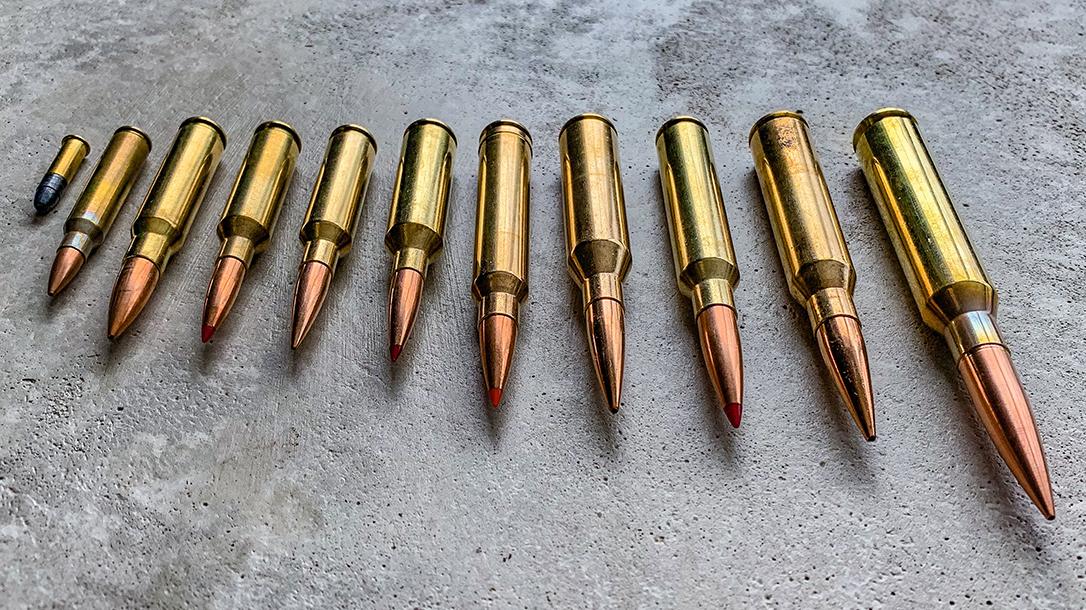Many shooters walk the same path at the beginning of their shooting journey, but the further they get, the more forks they come across. Eventually, they end up on different roads. Some couldn’t care less about bullet weights and ballistics. Others know a thing or two about how bullet weight affects its flight. A small cohort of people dedicates themselves to reloading. They are the true keepers of that sacred knowledge, for no one else knows the structural features of the bullet.
We assume that, for one reason or another, this topic piqued your interest. If not, be prepared for some very specific, not-applicable-anywhere-else information on bullets. There will be no revelations on how the bullet weight is the single most important factor or how to manipulate it to obtain absolute power. Instead, we’ll walk you through the notion of bullet weight and the ways it may influence your performance.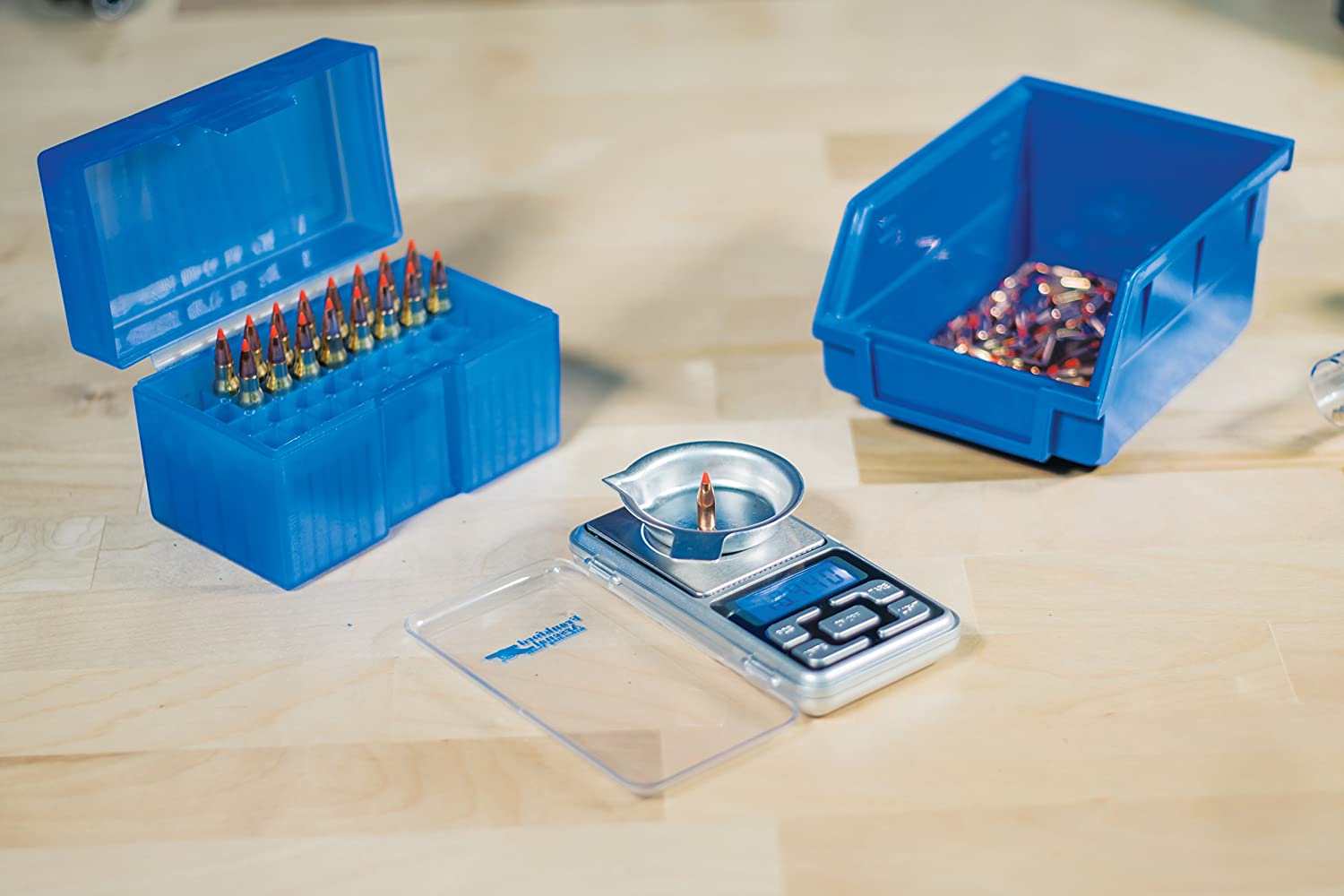
Bullet Weight or Bullet Grain?
You’ve probably seen the word grain or its abbreviation GR or GRS on the ammo boxes. What is bullet grain, exactly? Nothing else than another unique unit of measurement that is not applicable in any other sphere. A grain is one 7,000th part of a pound. It is used to measure bullets and propellant loads. We assume only a person with an outstandingly vivid imagination could visualize what the 7000th part of a pound looks like. For the rest of us, it’s just a standard.
Bullet weights vary significantly depending on the type of ammo. The lightest rimfire .17 HMR cartridge’s standard bullet weight is 17 grains ( 17 in the name stands for the bullet diameter, not weight). On the other end of the spectrum is a .500 S&W Magnum with 700 grains. But no cartridge comes with a fixed bullet weight, and the potential loads vary from one cartridge to another. The renowned 223 ammo features bullets varying from 36 gr to 77 gr.
As we’ve mentioned before, grains are also used to measure gunpowder loads. There might have been confusion on what the grain indication refers to exactly, but this is not the case. Powder load is a very niche characteristic that usually concerns only those who load their ammo. For that reason, grains marked on the ammo box, as a rule, refer to the bullet weight. 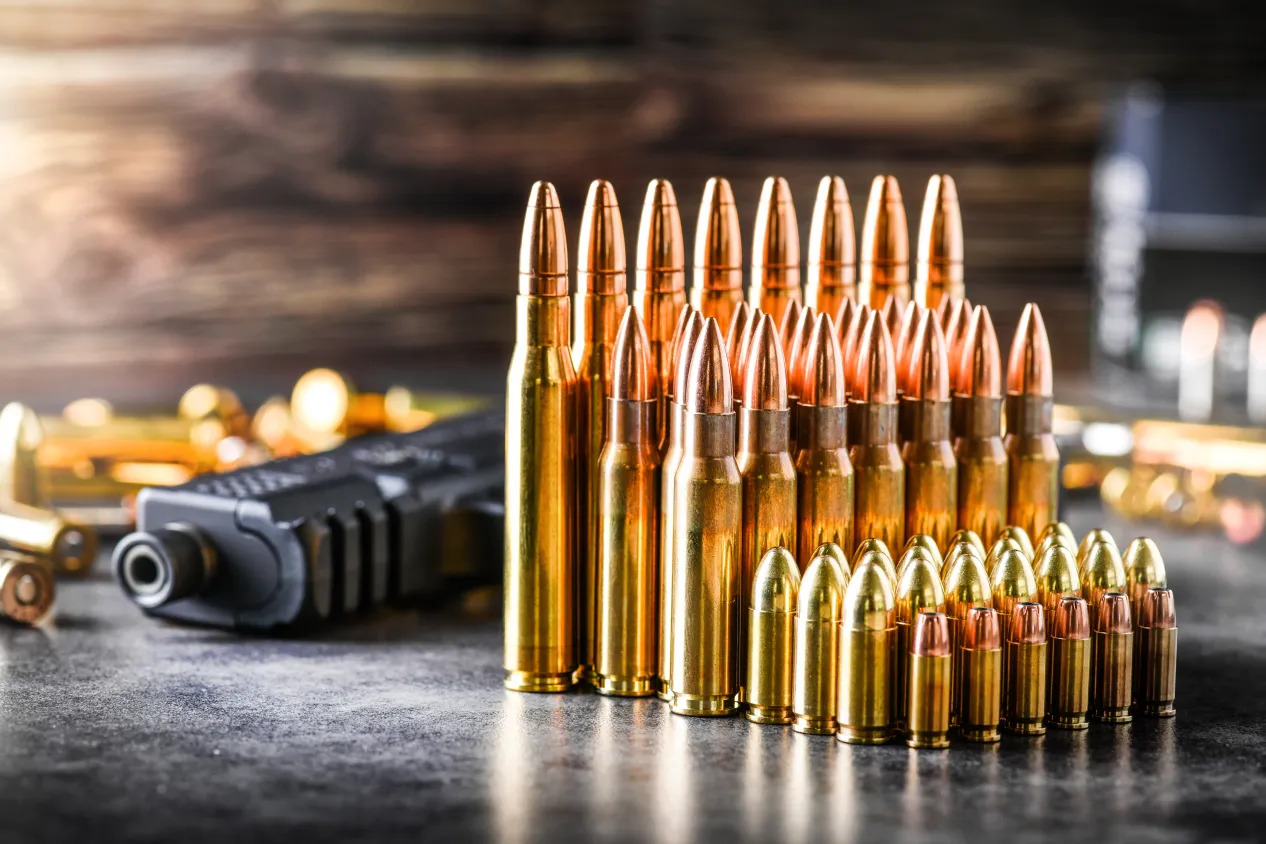

Why Does Bullet Weight Matter?
You might have a justifiable question, why even make the same cartridge with different bullet weights? The 556 ammo bullet weights vary between 55 and 77 grains, and 223 bullet weights start at 40 grains. They could have gone with something in the middle and called it a day. But the modern era is of plentitude, and manufacturers make several variations of the same ammo to meet the needs of every customer. Those who know which bullet they need, that is. If you’re not yet part of that group, this is your chance to join the ranks.
Your choice of bullet grain, as always, will depend on your shooting goals. If it’s plinking, you can forget everything you’ve read and go on with your daily stuff – bullet weight hardly changes anything in plinking. However, if it’s long-range shooting or hunting we’re talking about, then there are several things that you need to consider.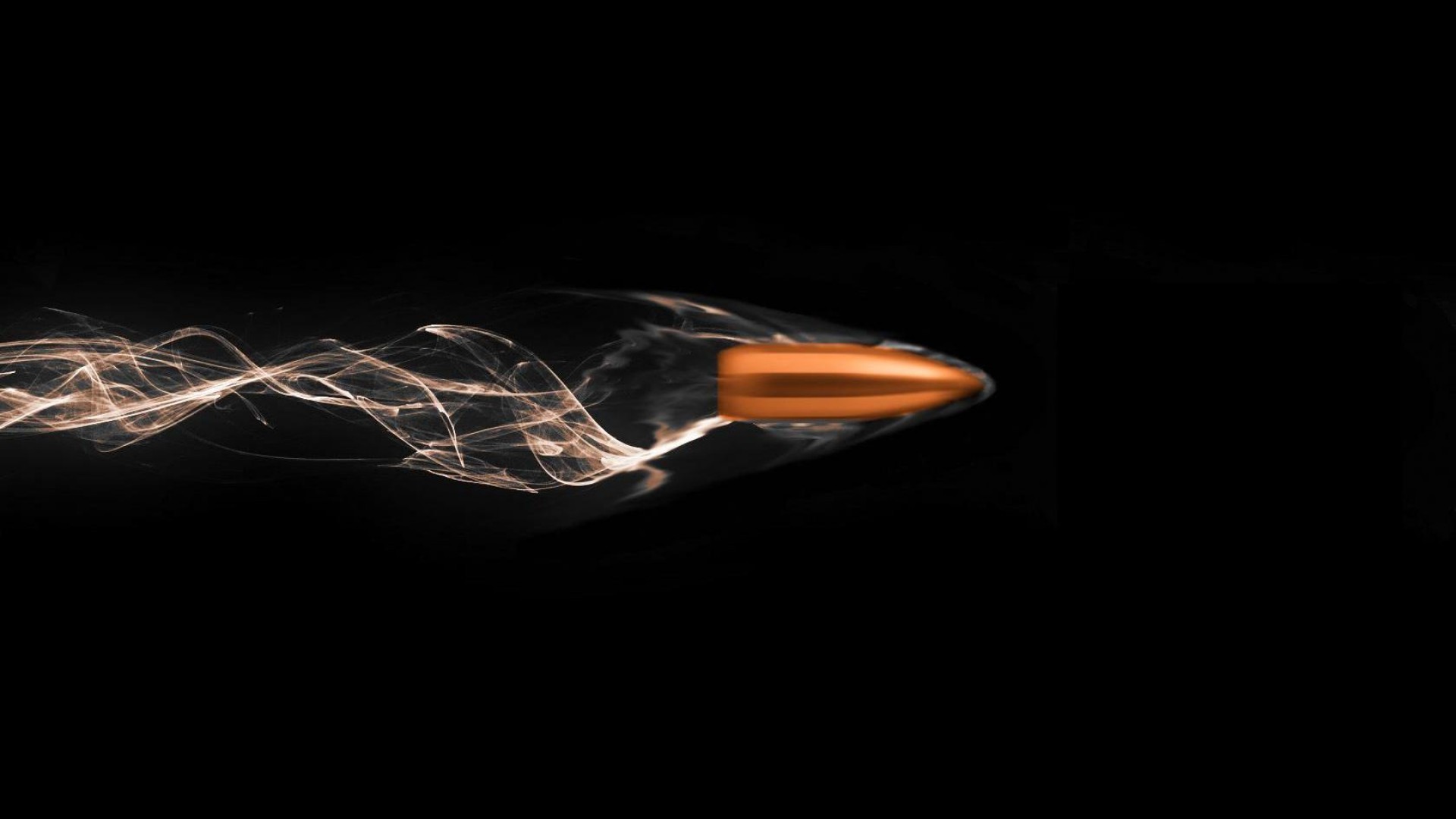

First and foremost, bullets are physical objects that are affected by the natural rules of our world. You know, things like gravity and air resistance. Let’s assume we have two cartridges loaded with the same amount of gunpowder but featuring two different bullets: one is heavier than the other. Since the propellant load is the same, the amount of energy released will also be the same.
A lighter bullet will shoot at greater speed and fly further, maintaining a straight trajectory for a longer period. At the same time, it’s more susceptible to the wind, and the longer it flies, the higher the chance of it straying away. A lighter bullet will also deliver less energy, meaning the shot will be a bit less impactful.
A heavier bullet will act differently. The force with which the objects are attracted to the Earth depends on their weight. Heavier bullets will be faster to change their straight trajectory and start dropping, even if ever so slightly. At the same time, they are less likely to be affected by the wind. A heavy bullet will also retain more energy, making the impact more significant.
With that knowledge in mind, you can determine which bullet is of greater service to you. Long-range shooters might appreciate the ability of lighter bullets to maintain a straight trajectory. If speed and distance are what you want your bullet to nail, go for lighter options as well. In case you want your shots to be more impactful with better expansion and penetration, then opt for cartridges featuring heavier bullets.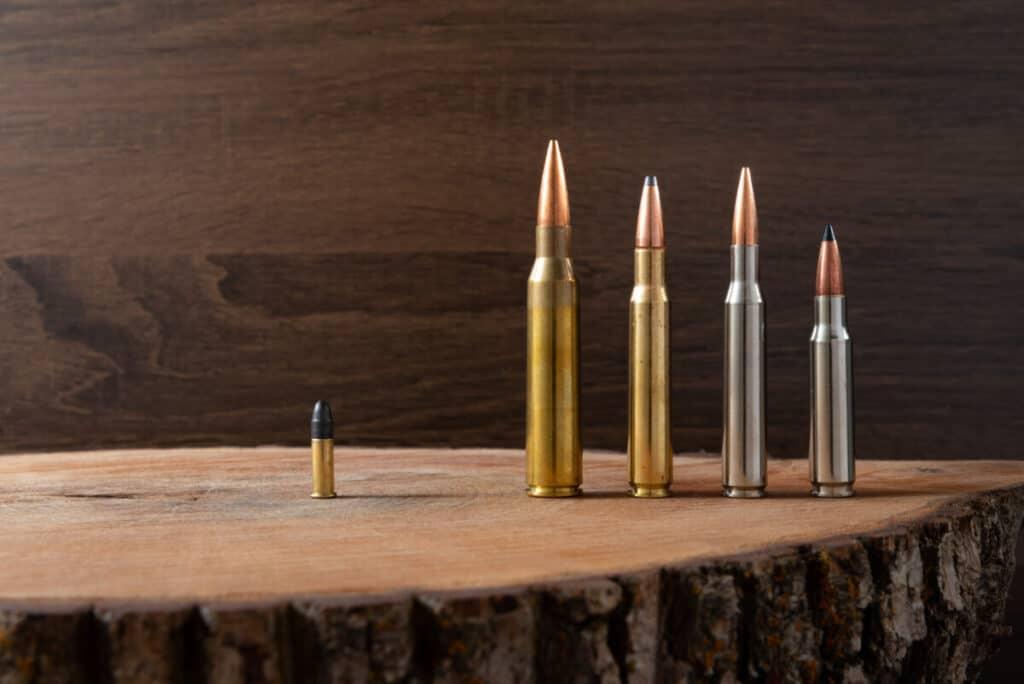

What about Noise and Recoil?
Bullet weight affects many aspects of a shot, and noise level and recoil shouldn’t be an exception. Things are a bit easier with the noise produced by a shot. Heavier bullets tend to travel at subsonic speeds and thus create less noise. Given the gun is suppressed, shots made with cartridges featuring heavier bullets will be quieter. Some calibers utilize heavy bullets and are always subsonic. With others, you’ll need to go for bullets heavier than the standard.
Things are a bit more complicated with recoil. The recoil level depends on a ton of variables, bullet weight being only one of them. Physics (through the lips of Sir Isaac Newton) tells us that for every force in nature, there is an equal and opposite reaction. This law would be easier to understand in our first example, with two equally loaded cartridges with two different bullets. Since it takes more energy to move a heavier object, the recoil, a.k.a. the opposite action, will also be more tangible. That would typically mean lighter bullets produce less recoil, but things are more complicated.
Cartridges with lighter bullets are often loaded with more propellant to shoot a bullet at a higher velocity to make up for its reduced weight. Since gunpowder loads are almost never mentioned anywhere on the ammo box, there is no way to know for sure. More propellant burned means more recoil. For that reason, only people who reload their ammunition can control that process. 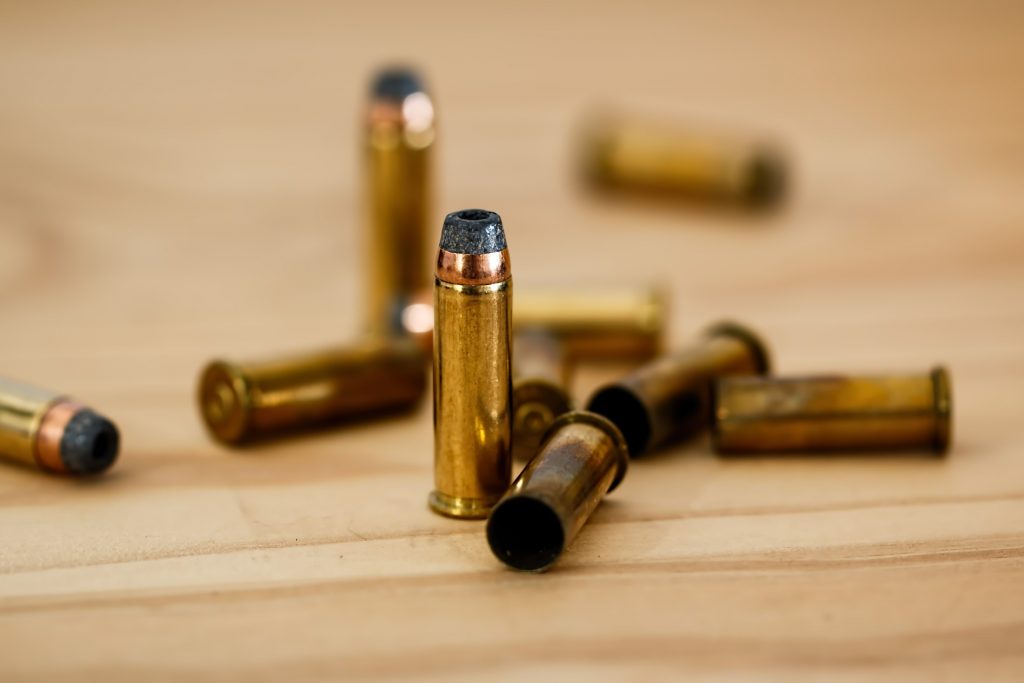

Extremes or the Middle?
You don’t have to go for the lightest or heaviest option to improve your performance. Sometimes, the middle is just what you need. It also might be a good decision to start in the middle and move slowly towards the extremes, making notes of how your performance changes, if at all. The changes might turn out to be less explicit than you anticipated, and that’s ok. After all, bullet weight is only one of the numerous factors that affect the flight of the bullet.



